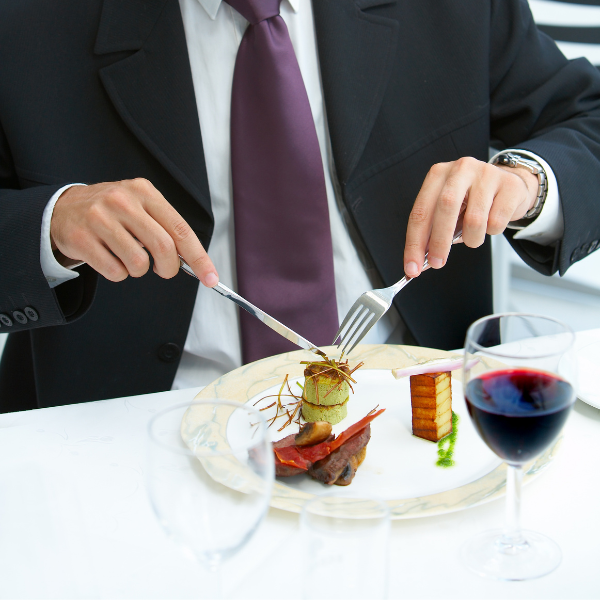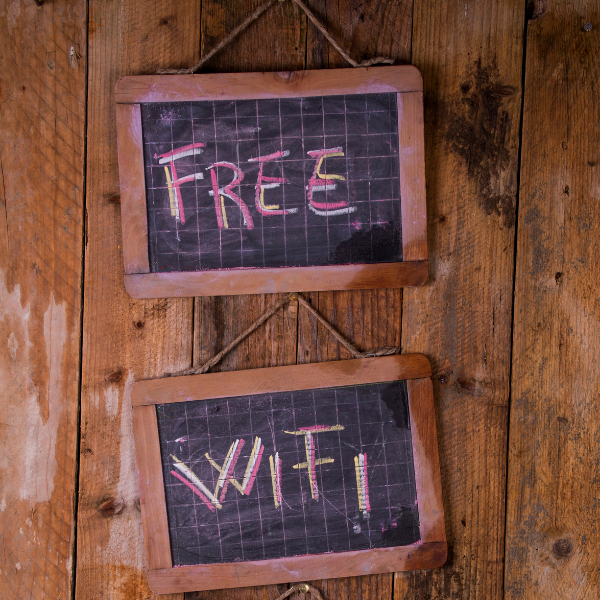When it comes to presenting and transporting cakes, few tools are as important as cake boards. Often overlooked, the right board doesn’t just serve a practical function—it can elevate the overall look of a cake and ensure it arrives intact.
Whether you're handling tiered wedding cakes, single-layer desserts, or bulk catering orders, choosing the right disposable cake board can make all the difference in quality, safety, and presentation.
Table Of Contents
What Are Cake Boards?
Cake boards are flat, sturdy bases designed to support cakes and other baked goods. They come in various shapes, sizes, and materials to suit different needs, from simple sheet cakes to elaborate multi-tiered creations.
Cake boards serve three key purposes:
They provide structural support to prevent breakage.
They act as a barrier between the cake and the surface it's placed on.
They enhance presentation with clean lines and often decorative finishes.
Types Of Disposable Cake Boards
Cake Circles
Cake Drums
Cake drums are thicker and more durable than circles. Usually around 1/2 inch thick, they can handle heavy or tiered cakes and are often used for premium presentation.
Benefits of Square Cake Drum Board:
Provides stability for large or multi-tiered cakes.
Easy to handle and stack.
Clean edges offer a modern, professional look.
Cake Pads
Dessert Boards
Material Options For Cake Boards
Corrugated Cardboard
Laminated Chipboard
Foam Boards
Masonite Boards
Choosing The Right Size & Shape
The dimensions of your cake board can impact both functionality and aesthetics.
Boards should be 2-4 inches larger than the cake diameter.
For square cakes, a square board adds symmetry.
Round boards work best with round cakes.
A too-small board compromises stability, while a too-large one can distract from the cake.
How Thick Should A Cake Board Be?
Can You Reuse Disposable Cake Boards?
Are Cake Boards Food Safe?
Best Practices For Using Cake Boards
How To Use A Cake Board Correctly
Place a thin layer of icing or ganache to hold the cake in place.
Center the cake precisely to avoid tipping.
Use non-slip pads underneath the board for transport.
Layering & Tiering
Presentation Matters
Beyond function, cake boards contribute to the overall visual appeal of your dessert. A clean edge, matched color, or metallic shine can elevate a cake’s impact.
Use foil-covered or colored boards that complement the cake’s theme. For professional photos or client presentations, the board is part of the product.
Tips For Avoiding Common Mistakes
Cake boards can help avoid some of the most common cake mistakes if used correctly.
Never cut the cake directly on a foam or thin board.
Don’t use boards that are too small; it risks damaging the cake.
Avoid boards without grease resistance for high-moisture frostings.
Consider The Full Picture When Pricing Cakes
Understanding cake board costs helps you factor them into your pricing strategy. When learning how to price cakes, consider the following:
Add the cost of high-end boards for upscale cakes.
Consider board size and material when budgeting.
Don’t overlook the impact of presentation on perceived value.
Additional Elements To Keep In Mind
Types Of Cake Frostings
Transporting Cakes
Why Cake Boards Deserve More Attention
Cake boards are more than just a base—they're an integral part of cake design, functionality, and transport. Whether you're scaling your baking business or planning a large event, investing time into choosing the right board pays off.
From square cake drum boards for stability to metallic silver cardboards for elegance, your selection can impact everything from structural integrity to visual presentation.
The right disposable cake board simplifies transport, elevates aesthetics, and minimizes risk. Don’t let poor choices undermine your work. Contact us to get more baking insights, product updates, and tips straight from industry experts.









